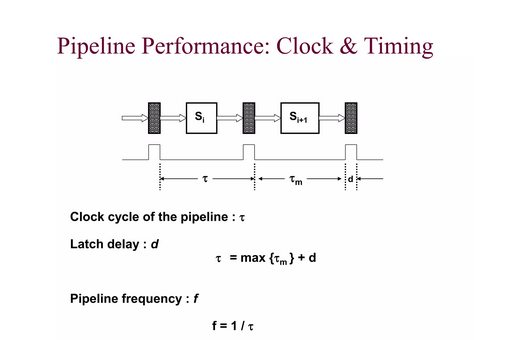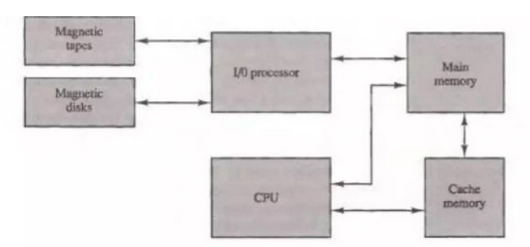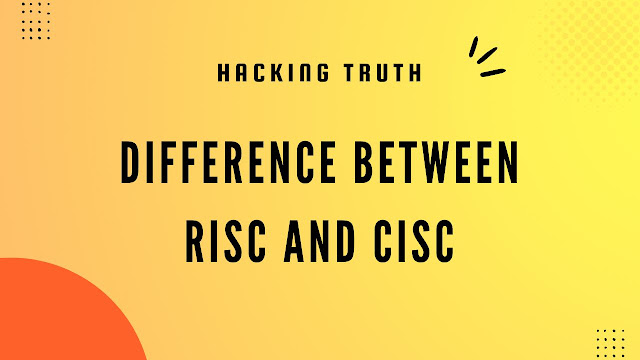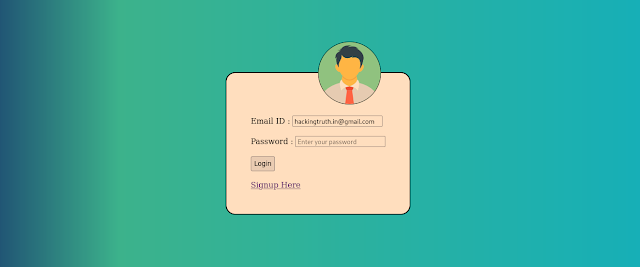Parallel Processing
A Parallel Processing system is able to perform concurrent data
processing to achieve faster execution time.
Example: While
an instruction is being executed in the ALU, the next instruction can be read
from memory.
The system may have two or more ALUs and be able to
execute two or more instructions at the same time. “So the purpose of
parallel
processing is to speedup the computer processing capabilities.”
Pipelining Case: Laundry
• 4 loads of laundry that need to washed, dried, and folded.
– 30 minutes to wash, 40 min. to dry, and 20 min. to fold.
– We
have 1 washer, 1 dryer, and 1 folding station.
•
What’s the most efficient way to get the 4 loads of laundry done?
Non Pipelined Laundry • Takes a total of
6 hours; nothing is done in parallel
Pipelined Laundry
• Using this method, the laundry would be done at 9:30.
Definition
Pipelining is an speed up technique where multiple instructions
are overlapped in execution on a processor.
Processors
Computers, like laundry, typically perform the exact same steps for
every instruction:–
- Fetch an instruction from memory
- Decode the instruction
- Execute the instruction
- Read memory to get input
- Write the result back to memory
Instruction Pipeline
Instruction execution process lends itself naturally to
pipelining
overlap the subtasks of instruction fetch, decode and
execute
- Fetch instruction (FI)
- Decode instruction (DI)
- Calculate operands (CO)
- Fetch operands (FO)
- Execute instructions (EI)
- Write result (WR) Overlap these operations
Instruction pipeline has six operations
Instructions Fetch • The IF stage is responsible for
obtaining the requested instruction from memory. The instruction and
the
program counter are stored in the register as temporary storage.
Decode Instruction
• The DI stage is responsible for decoding the instruction and sending out the
various control lines to
the other parts of the processor.
Calculate Operands
• The CO stage is where any calculations are performed. The main component in
this stage is the ALU.
The ALU is made up of arithmetic, logic and
capabilities.
Fetch Operands and Execute Instruction • The
FO and EI stages are responsible for storing and loading values to and from
memory.
They also responsible for input and output from the processor
respectively.
Write Operands • The WO stage is responsible
for writing the result of a calculation, memory access or input into
the
register file.
Six Stage Instruction Pipeline
Timing Diagram for Instruction Pipeline Operation
Pipeline Performance: Clock & Timing Si
Si+1 m d Clock cycle of the pipeline : Latch delay : d = max {m } + d
Pipeline
frequency : f f = 1 / 6
Pipeline Performance: Speedup & Efficiency k-stage pipeline
processes n tasks in k + (n-1) clock cycles: k cycles for the first task and
n-1 cycles for the remaining n-1 tasks Total time to process n tasks Tk = [ k
+ (n-1)]
For the non-pipelined processor T1 = n k Speedup
factor Sk = T1 Tk = n k [ k + (n-1)] = n k k + (n-1) 7
Advantages
Pipelining makes efficient use of resources.
Quicker time of execution of
large number of instructions
The parallelism is invisible to the
programmer.
Disclaimer
All tutorials are for informational and educational purposes only and have been made using our own routers, servers, websites and other vulnerable free resources. we do not contain any illegal activity. We believe that ethical hacking, information security and cyber security should be familiar subjects to anyone using digital information and computers. Hacking Truth is against misuse of the information and we strongly suggest against it. Please regard the word hacking as ethical hacking or penetration testing every time this word is used. We do not promote, encourage, support or excite any illegal activity or hacking.























